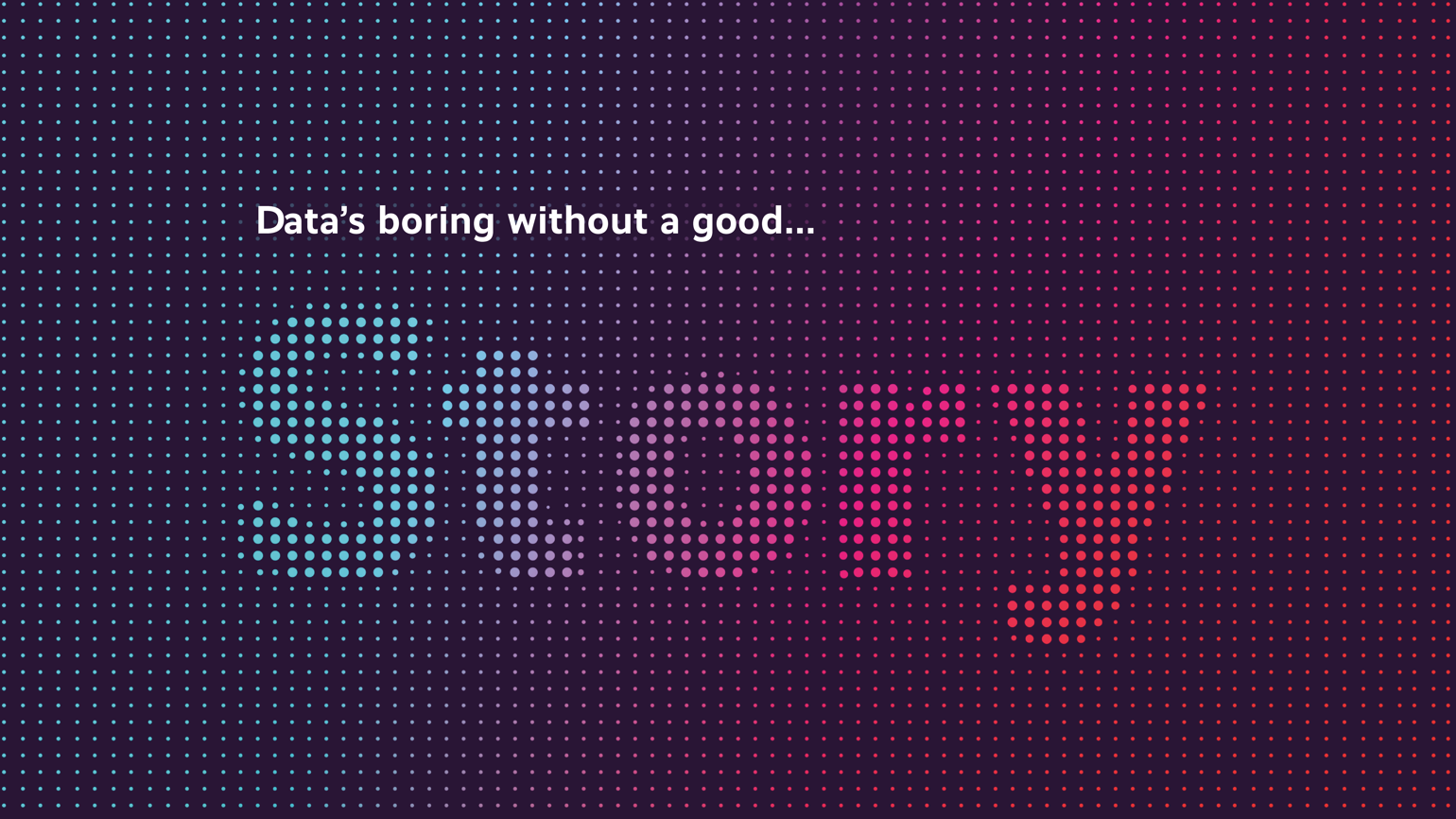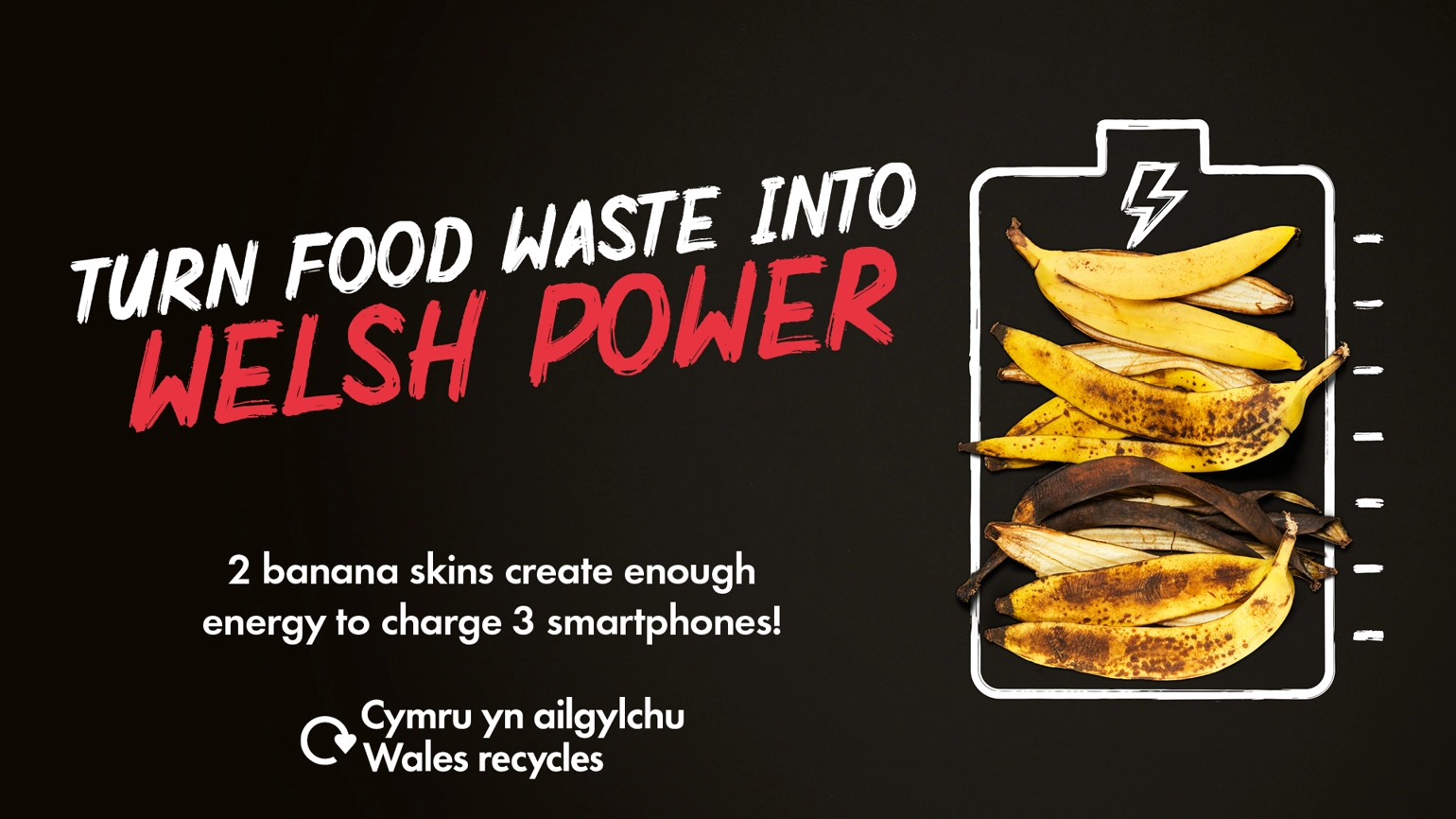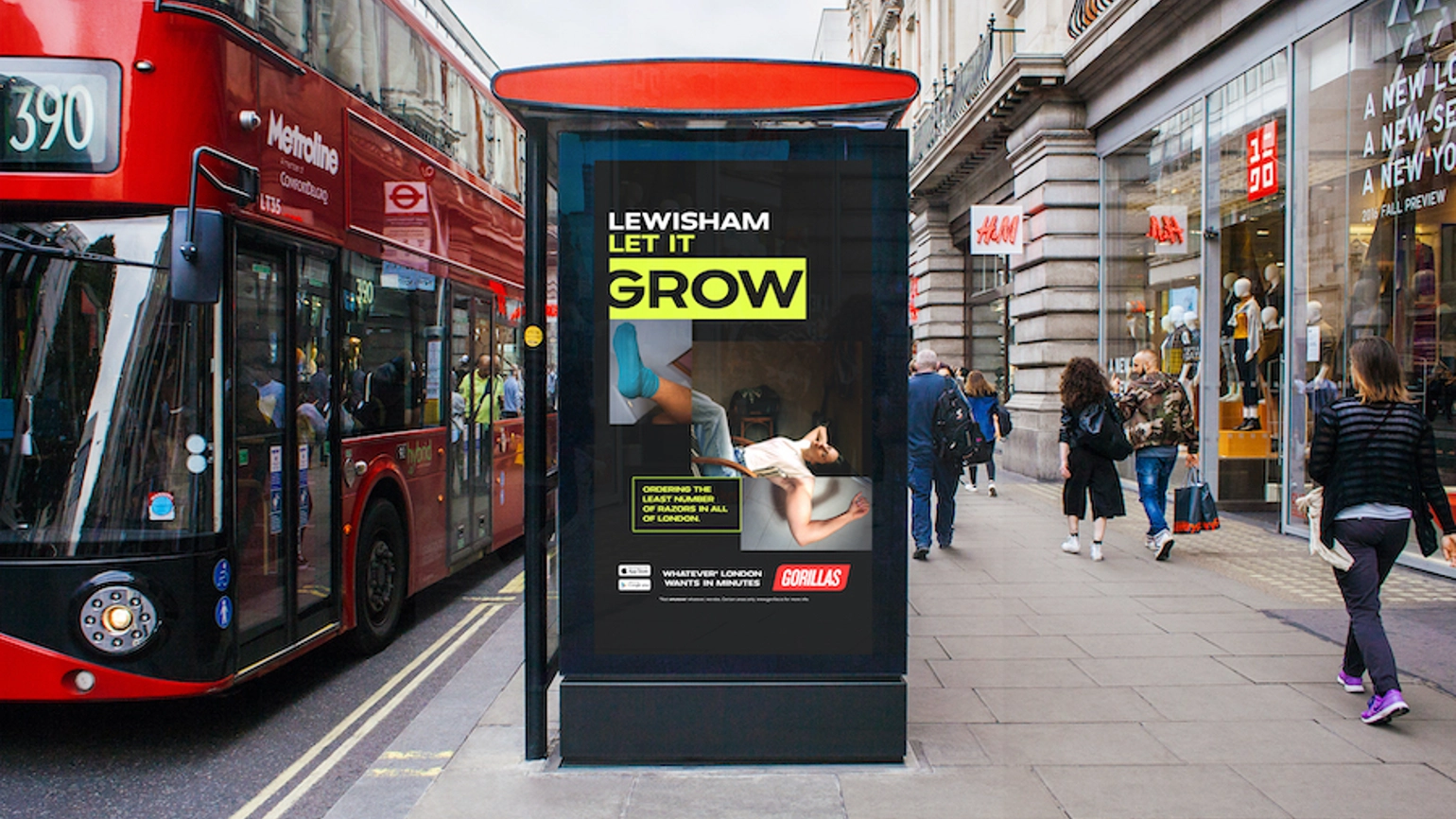Return to journal
Data is boring without a good story
How can we shape stats into stories that move people? Our Senior Copywriter, Teagan Robinson, shares how the power of storytelling can inspire and motivate action by making data relevant and accessible

Data is everywhere. We just don't call it that. We log our steps on Fitbit, track our sleep, and stream playlists based on recent listening patterns. Some of us have even uploaded our DNA. We hand over our data, in return, we get stories. These stories help us understand ourselves better, and that's the beauty of telling stories with data.
Before we get started, I'm not a data analyst. I'm a copywriter, a storyteller, a communicator. So, when I’m talking about shaping stories from data, I'm not talking about analysing data but how to translate it, how to put it in the context of your audience.
Shifting numbers into stories
Data storytelling is shifting numbers and complex information into a clear story that people can understand and relate to, be it the decisions they make or the barriers they face; it's all about the human truths hidden within the stats. Big numbers can be impressive, but they don't get folks to take meaningful action. Stories do. In fact, the impact of statistics on beliefs fades by 73% over the course of a day, while a story fades by only 32%. Ironically, you'll probably forget that stat.
Here's how we can shape stories from data:

1. Find the problem
Good stories always have a challenge to solve or better yet, a villain to battle and defeat. It's a way in that many health focused organisations use to highlight gaps and issues people can solve. It's basically what creative directors have been saying for decades: "Why would they care?" This is where we show the brand as the hero, or where the brand creates awareness to help solve the problem The British Heart Foundation found that 12 people under 35 are lost to sudden cardiac death in the UK each week. So they created a campaign from the data using the stories, 12 murals of 12 young football fans who tragically lost their lives to heart disease.

2. Put it into context
Stats don't stick like a good story. People respond to the things they relate to. But a shocking stat, alone, won't have the desired effect without context, it's impersonal. We need to flip it. Keep the audience at the centre by connecting it to their everyday lives, what it means for them and their lives, loved ones and choices. That doesn’t mean we always need to talk about the future. When we look at the tech world, whether it's data or speed, people want to know what that means for them. If Apple said 5GB of storage for the iPod, people would have glossed over it. So, they said "1,000 songs in your pocket"; it puts the storage in context and gets people talking.

3. Make it actionable
Data shouldn't just inform. It can be transformative. Actionable data is a goldmine for stories, especially in today's self-care and wellness industry. It gives people the direct actions they can take to improve. Use the data you have, like if everyone's confused about recycling, tap into it, put it into context so people can understand the specifics to help people take the next step, recycling food waste into Welsh power.

4. Question assumptions
Good stories reflect what we know and challenge what we think we know.
Data can help us ask better questions and dig deeper into the why, highlighting fundamental gaps with opportunities for impact. Questioning assumptions is how we dismantle clichés, change behaviour, and get people talking. In action, Dove's Campaign for Real Beauty highlights the issue of unrealistic beauty standards and aims to position themselves as a champion of inclusivity.

5. Tell real stories
This principle rings true across every brand, campaign, website and project. If it's not real, who are you relating to? It's about showing the real people behind each data point. Highlighting real stories humanises the data, not in a creepy AI way, but in a way that fosters relatability and builds trust. Gorillas: Whatever London Wants took 12 months of data to reveal preferences across London's boroughs, highlighting the differences with a relatable tone that kept it fresh and fun. By sharing real stories, we zoom in on experiences, making the data feel less clinical and more relatable.
At the end of the day, it's all about people, their behaviours, their ambitions, their ignorance, and their experience. It's nuance from numbers. Telling stories with data is about empathy, insight and action. One person’s data dump is another’s goldmine. Revealing the people behind the data helps us create stories others relate to. It's not just about what the data shows; it's the stories behind each datapoint. And, as a marketer, copywriter, content creator, or comms role it’s our job to understand the audience and tell stories that they can connect with.
